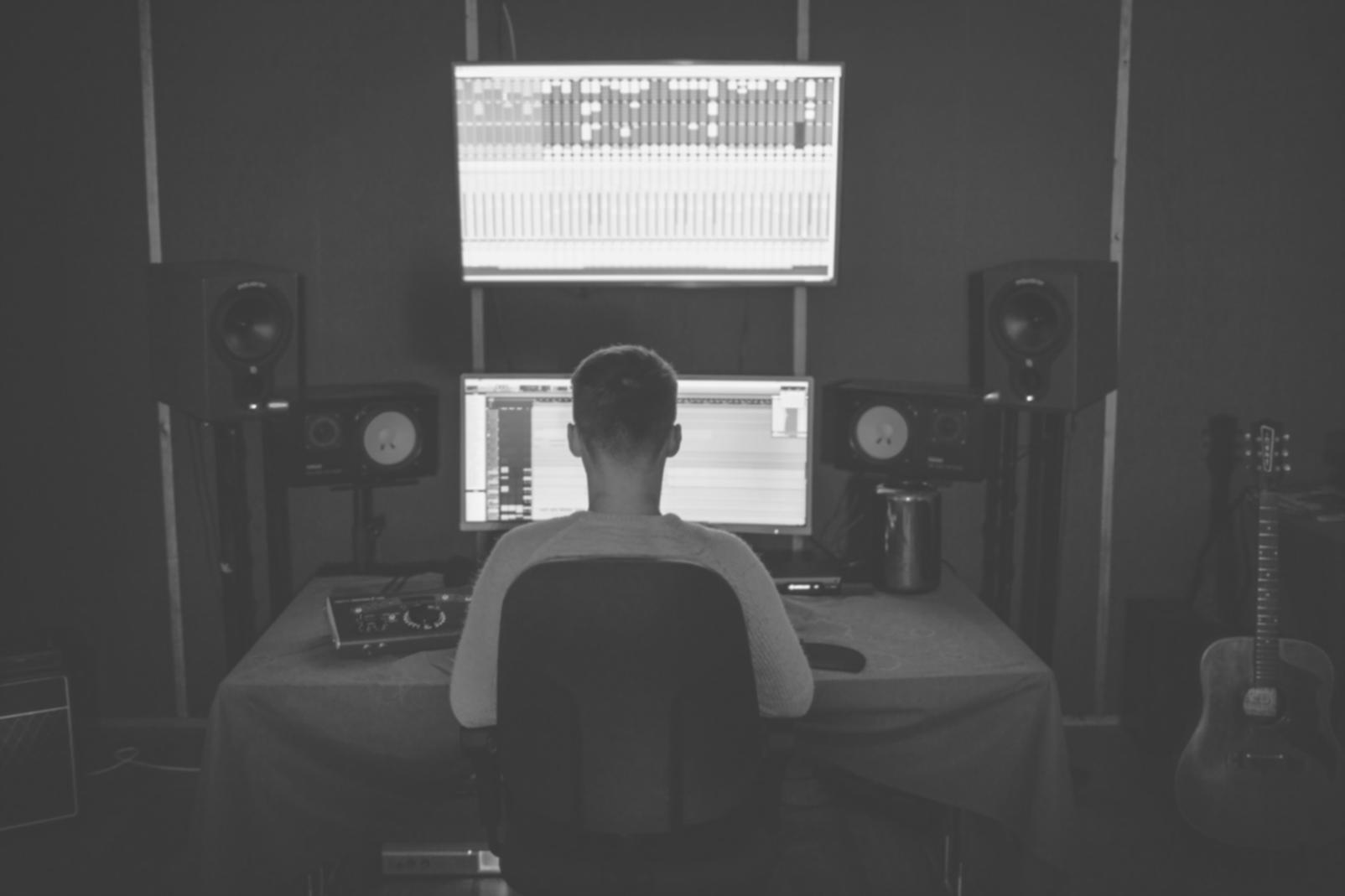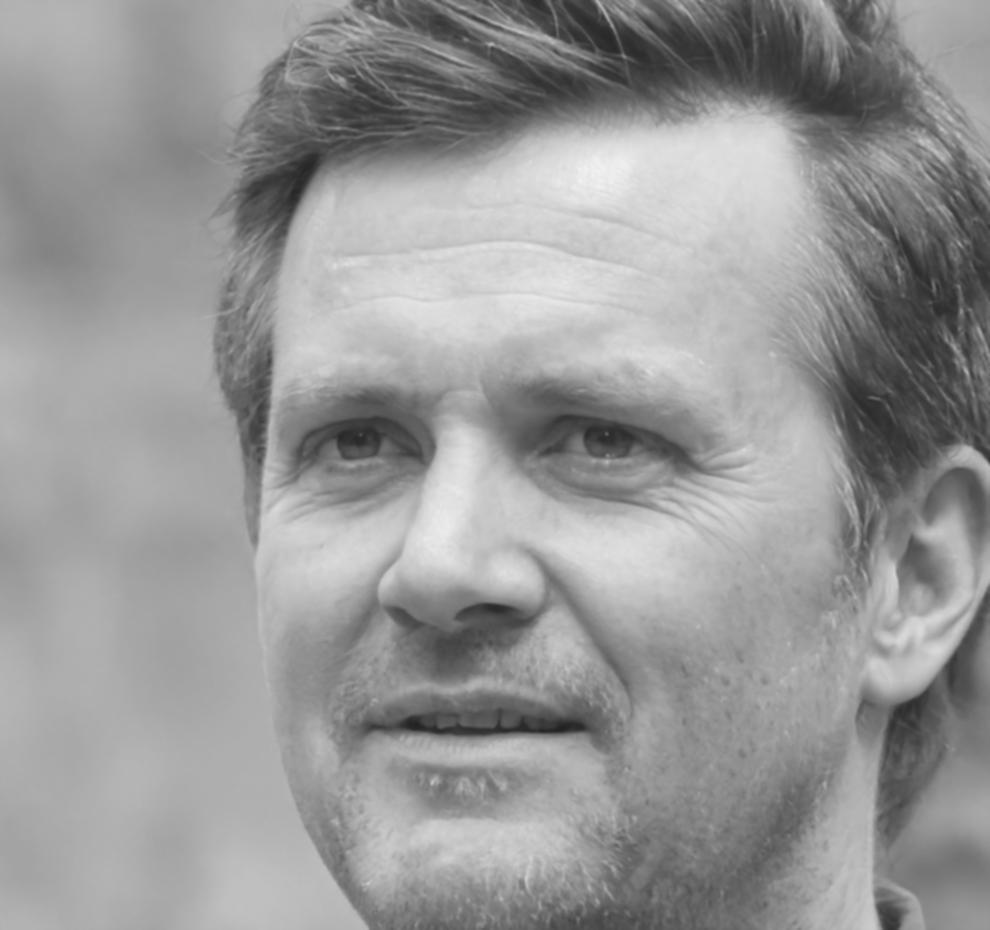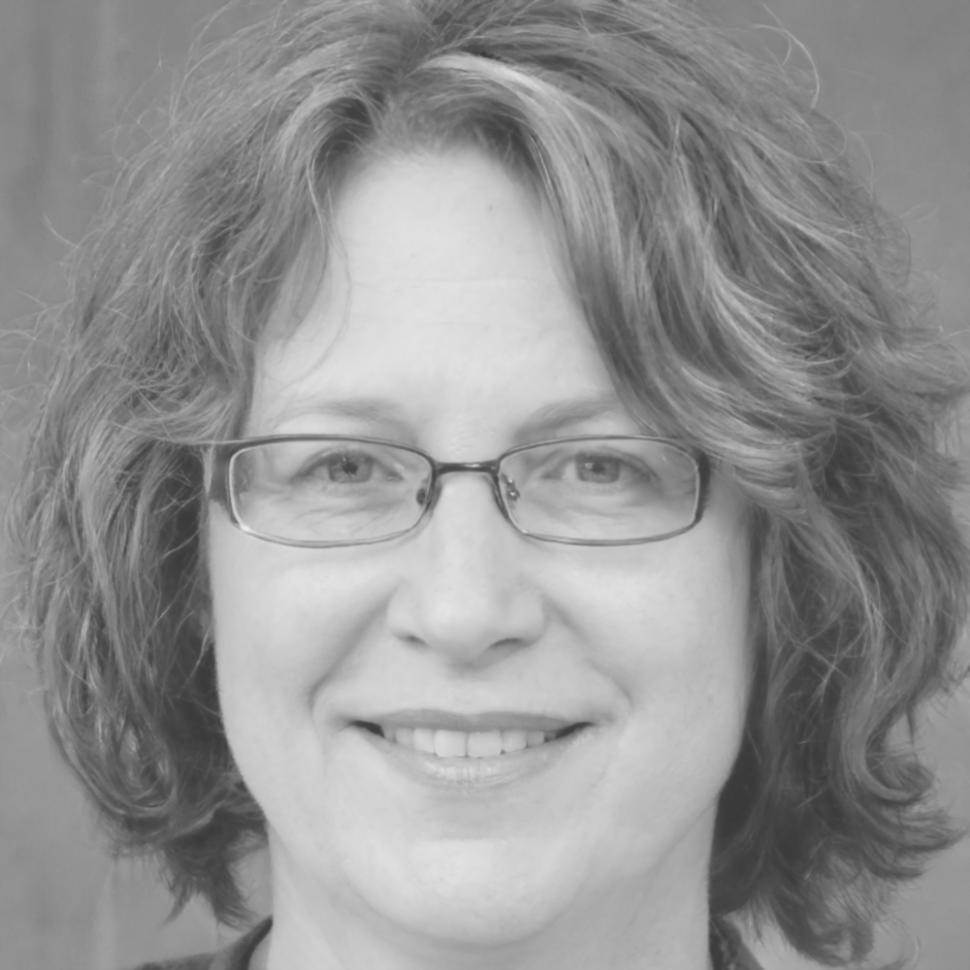Learning From People Who Ship Games
Our instructors work in the Barcelona game development scene. They've shipped titles on PlayStation, Xbox, and PC. When they critique your work, they're applying the same standards they use at their studios.
You'll get feedback on real production concerns. Not just aesthetic choices, but technical decisions that affect performance, workflow efficiency, and compatibility with game engines. That's the knowledge that actually matters when you start your first job.
Meet Our Team



